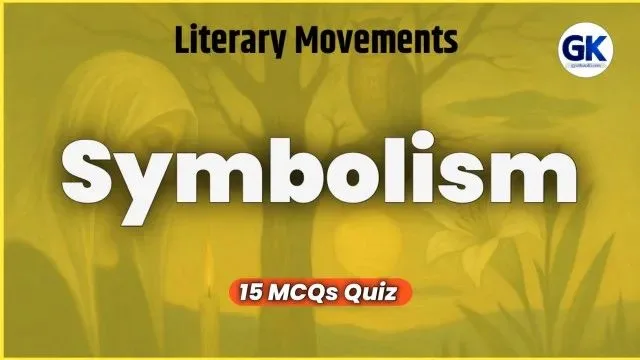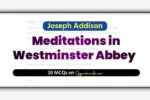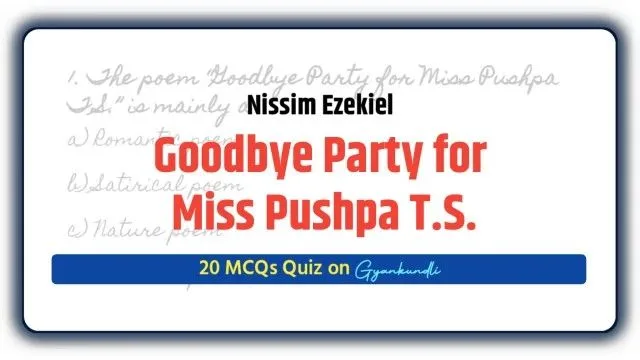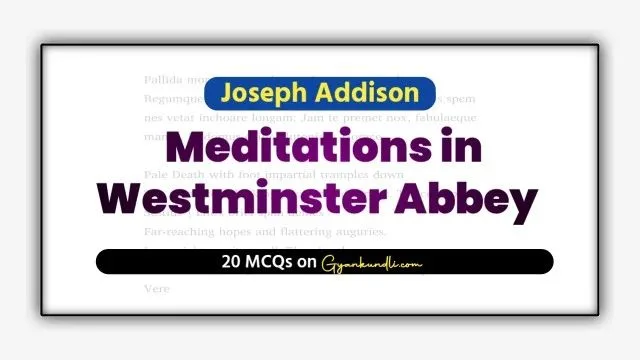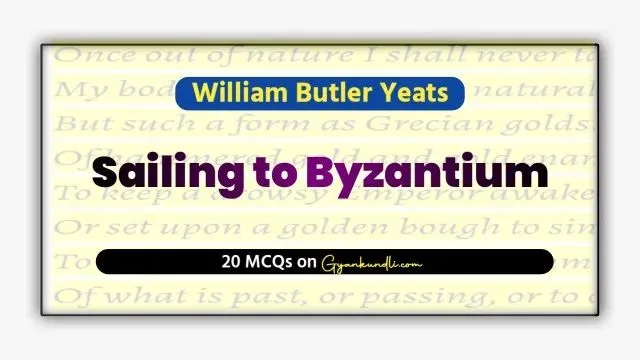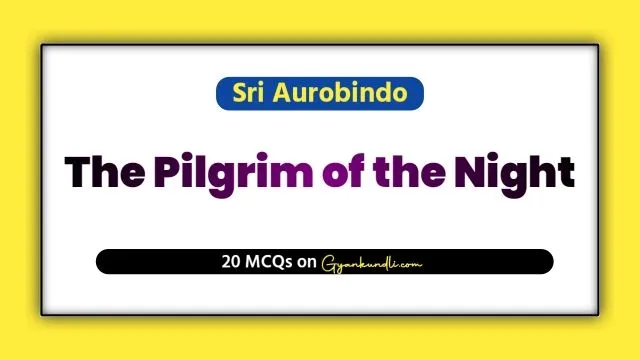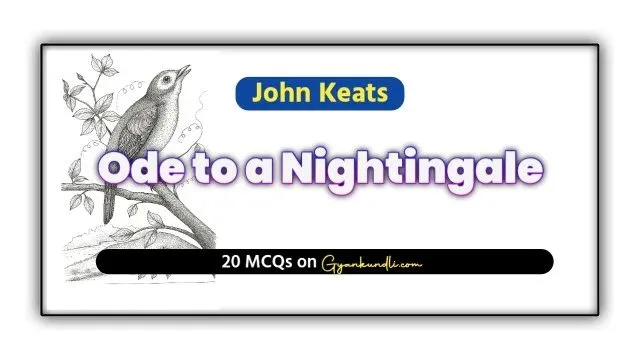Symbolism Quiz : The Symbolist Movement started in the 19th century as a reaction against realism and naturalism. Instead of showing harsh realities, Symbolism focused on expressing deeper truths using symbols, metaphors, and imaginative language. Symbolist writers believed that life cannot always be described in plain words, and so they used mysterious and indirect images to express emotions and spiritual experiences.
French poet Jean Moreas, in his Symbolist Manifesto (1886), said that Symbolism avoids direct meanings and simple descriptions. Nature and human life, according to Symbolists, are not described directly but shown as hidden symbols that point towards universal truths.
Symbolist poets believed more in the effect of an image than in the image itself. They explored the deeper, symbolic meaning of objects, emotions, and events.
A major influence on Symbolism was Emanuel Swedenborg’s theory of correspondences, which said there is a connection between the physical world and the spiritual world. Charles Baudelaire used this idea to show that things like colour, smell, and sound have hidden spiritual meanings.
The movement began with Baudelaire’s Les Fleurs du mal (1857) and was later developed by poets like Mallarmé, Verlaine, and Rimbaud. Their poems were full of private, complex symbols, which often didn’t have one fixed meaning.
Symbolism had a big influence on Modernist poetry in the 20th century. Poets like T.S. Eliot, W. B. Yeats, and Ezra Pound were inspired by it. The movement also affected drama, fiction, and the arts.
Symbolism Quiz
Previous Quiz : Stream of Consciousness Quiz : 15 MCQs
Discover more from Gyankundli
Subscribe to get the latest posts sent to your email.
